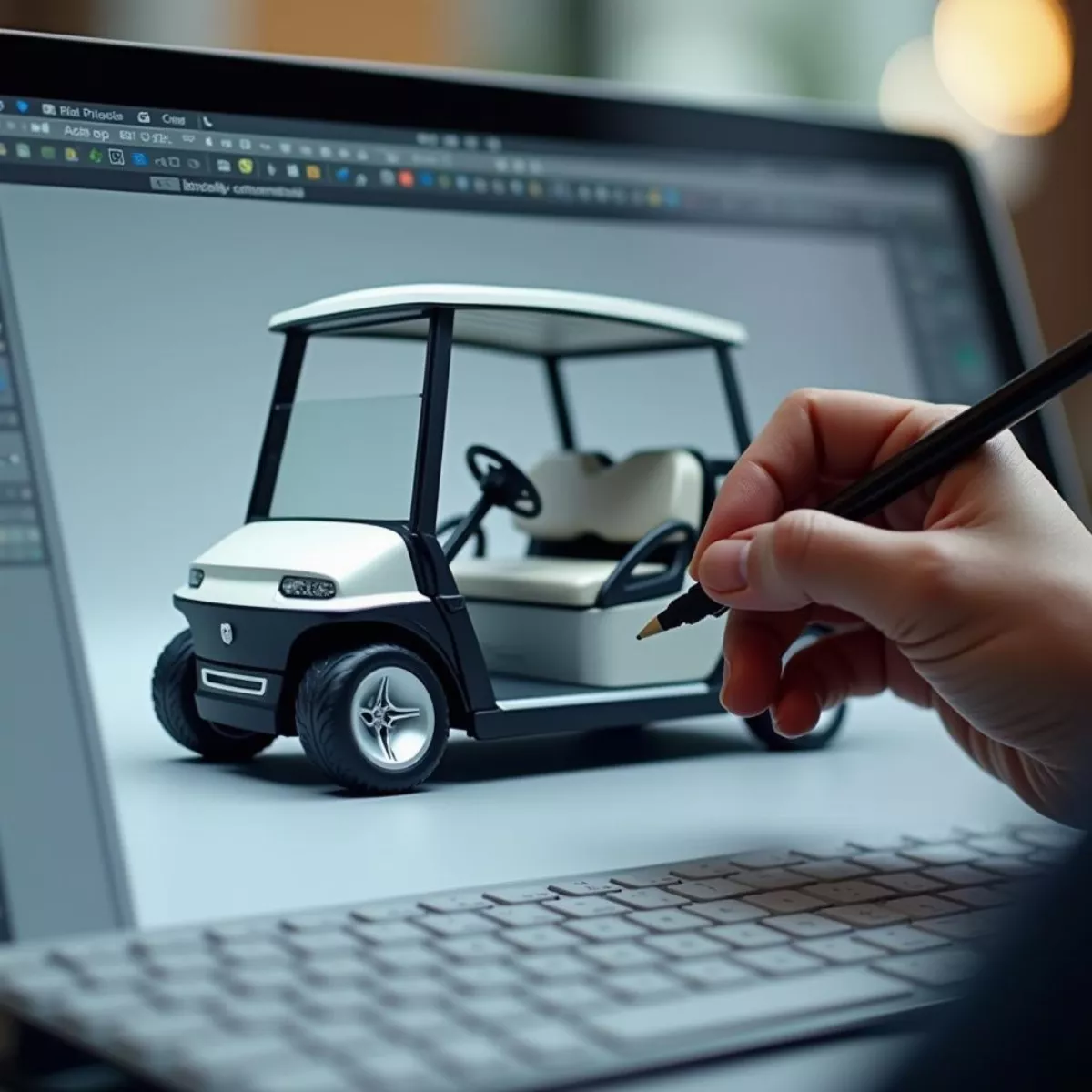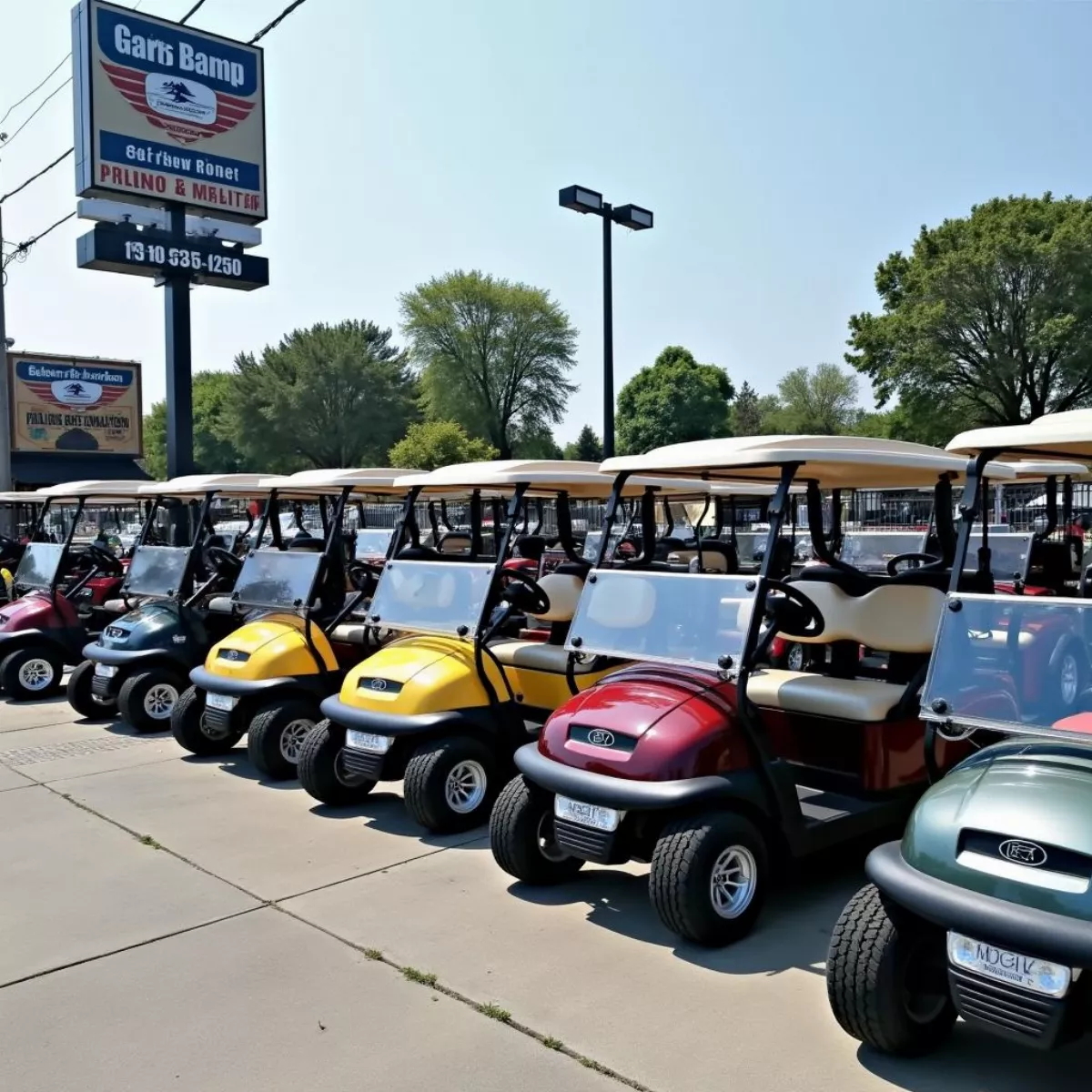Golf carts are essential companions on the course and beyond. But have you ever wondered where golf carts are made? In this guide, we’ll explore the major manufacturing locations, the processes involved in making these vehicles, and what you should consider when purchasing a golf cart. Let’s tee off into this exciting topic!
A Brief History of Golf Carts
Before diving into where golf carts are made, it’s helpful to understand their history. The first golf carts appeared in the 1950s, created to assist players in navigating the expansive golf courses. These early models were often pushed by a person or pulled by a small vehicle. With advances in technology, the electric golf cart emergence marked a turning point, leading to a boom in popularity.
The Major Golf Cart Manufacturers
The golf cart industry boasts several key players who dominate the market. The following brands are known for producing high-quality golf carts:
- Yamaha
- Club Car
- EZGO
- Cushman
- Garia
United States
- Location: Many of these manufacturers have production facilities in the United States. For instance, both Club Car and EZGO are based in Georgia.
- Manufacturing Process: The U.S. manufacturing process usually emphasizes quality control, with skilled laborers meticulously assembling golf carts.
- Material Use: Common materials include aluminum, plastic, and fiberglass.
Japan
- Yamaha has a significant presence in Japan, where it’s known for its high-quality manufacturing techniques.
- Innovation: Japan’s focus on innovation often leads to unique features and advanced technologies in their golf carts.
International Manufacturing
- Cushman is produced in various locations, including Mexico. Garia has its manufacturing in Denmark, focusing on luxury golf carts and emphasizing sustainability.
- Cross-Border Supply Chains: Many manufacturers source components globally, ensuring they maintain quality while controlling costs.
 Golf Cart Manufacturing Plant
Golf Cart Manufacturing Plant
The Golf Cart Manufacturing Process
Creating a golf cart involves multiple steps and considerations. Here’s a simplified breakdown:
-
Design:
- Initial sketches and 3D models are created.
- Ergonomics and aesthetics are key focuses.
-
Material Selection:
- Choosing materials like steel, aluminum, and high-density plastics.
- Sustainability is becoming increasingly essential in material selection.
-
Production:
- Chassis construction: The base of the cart is formed.
- Body assembly: The cart’s shell is manufactured and attached.
- Electrical assembly: Wiring and battery systems are installed for electric models.
-
Testing:
- Each golf cart undergoes rigorous testing for safety and performance.
- Quality assurance checks are performed during various manufacturing stages.
-
Final Assembly:
- Components like wheels, seats, and decors are added.
- The cart is readied for distribution.
 Golf Cart Design Process
Golf Cart Design Process
Types of Golf Carts
Understanding the types of golf carts is crucial, especially if you’re considering one for personal or business use. Here are some common types:
- Standard Golf Carts: Ideal for transporting players and gear during a round of golf.
- Utility Golf Carts: Often used in maintenance, these vehicles have enhanced carrying capacities.
- Luxury Golf Carts: Equipped with features like leather seats and advanced audio systems for those looking for comfort.
- Electric Golf Carts: Known for being environmentally friendly, they are popular on golf courses.
Key Features to Look for in Golf Carts
Consider these features when purchasing a golf cart:
- Battery Life: Critical for electric models.
- Comfort: Look for spacious seating.
- Durability: Check warranty and material quality.
- Customization: Ability to personalize for aesthetic preferences.
Why Location Matters
Where golf carts are manufactured can impact pricing, quality, and availability. For instance, U.S.-made models might boast higher quality but can be pricier. Conversely, those made in Mexico or Asia could offer cost savings but potentially lesser quality. Researching the manufacturer and its reputation is vital.
 Variety of Golf Carts
Variety of Golf Carts
Economic Impact of Golf Cart Manufacturing
The golf cart industry provides significant economic benefits:
- Job Creation: Manufacturing plants create jobs in local economies.
- Tourism Boosts: Popular golf courses using golf carts can attract tourism.
- Support Local Businesses: Component suppliers and repairs can thrive alongside cart manufacturers.
Key Takeaways
- Where golf carts are made significantly affects their quality and price.
- Major manufacturers include Yamaha, Club Car, and EZGO.
- The manufacturing process involves design, material selection, testing, and final assembly.
- Understand the types of golf carts available and their intended use.
- Location impacts economic factors, including job creation and local spending.
Frequently Asked Questions (FAQ)
1. What is the average price range for golf carts?
Prices typically range from $5,000 to $15,000 depending on features and brand.
2. How long does a golf cart last?
With proper maintenance, a golf cart can last 15 to 20 years.
3. Are electric golf carts better than gas ones?
It depends on your needs; electric carts are quieter and more eco-friendly, while gas carts usually provide more power for longer distances.
4. Where can I purchase a golf cart?
You can buy golf carts from dealerships, online marketplaces, or direct from manufacturers.
5. Do golf carts require special licenses?
Most areas don’t require a license for golf carts but check local regulations as it varies.
6. Can golf carts be used off the golf course?
Yes! Many people use them in residential communities, parks, and for other recreational purposes.
7. What maintenance do golf carts require?
Regular check-ups should include battery checks, tire rotations, and brake inspections.
8. Are there any golf cart leasing options?
Yes, many manufacturers and dealerships offer leasing options for personal or commercial use.
9. How fast can golf carts go?
Most standard golf carts travel between 12 to 20 mph, but modifications can increase speed.
10. Is it possible to customize a golf cart?
Absolutely! Customizing your golf cart is a popular way to reflect style and preferences, including colors, seat coverings, and added technology.
Conclusion
Understanding where golf carts are made can provide valuable insights into quality, pricing, and features. As we’ve explored, various manufacturers around the world contribute to the growing market with unique designs and offerings. Whether you’re a golf enthusiast or a casual player, knowing where your golf cart comes from can enhance your purchasing decision. Enjoy the game, and happy golfing!